why your toilet won’t flush & how to fix it

In this post, we’ll explain why your toilet won’t flush, how to troubleshoot the issue and how to fix it quickly so you can resume your regular routine.
If your issue is a blockage in the toilet bowl due to an obstruction e.g too much toilet paper check our other guide on how to clear a clogged toilet.
common reasons why a toilet won’t flush water from the cistern into the bowl
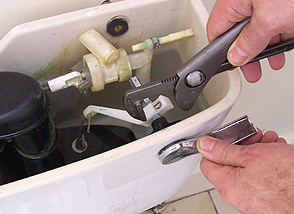
If your toilet cistern won’t flush and toilet water won’t flow from the cistern into the bowl, there may be several issues at play. The most common reason is a malfunctioning fill valve that restricts the water flow into the tank, preventing it from generating enough pressure for a full flush. A faulty or worn-out flush valve, loose float ball or arm, and too much slack in the lift chain can also cause this problem. You can try manually adjusting these parts or if in London contact one of our professional plumber service. With proper maintenance, you can get your toilet back to working condition.
how the fill valve and water supply contribute to flushing water into the bowl
Having a toilet that won’t flush can be frustrating and inconvenient. To diagnose the problem and fix it, it’s important to understand the anatomy of a toilet. A toilet consists of two main components: the toilet bowl and the fill valve and water supply. The water supply is usually fed through the fill valve in the tank located behind the bowl, and there are other components within the tank, such as the overflow tube, flush valve, and flushing mechanism.
The primary cause of a toilet not flushing water down the toilet bowl is a blockage or obstruction preventing adequate water flow from the tank to the bowl during flushing. If there isn’t enough water in the bowl due to an issue with any of the components, flushing will be weak. The most common reasons for weak flushing are a low water level, caused by overflowing sanitary products, and having too much slack on the lift chain connected to the lift lever, preventing full closing of the rubber flapper inside the tank, and hindering complete discharge of hot water into the bowl.
To fix these issues, you can manually adjust the float ball or replace the flapper, fix the length of the float arm, or clean the tank lid. If these checks do not work. With these solutions and regular maintenance, you can avoid the inconvenience of a non-flushing toilet.
the components inside the toilet tank that contribute to flushing water into the bowl
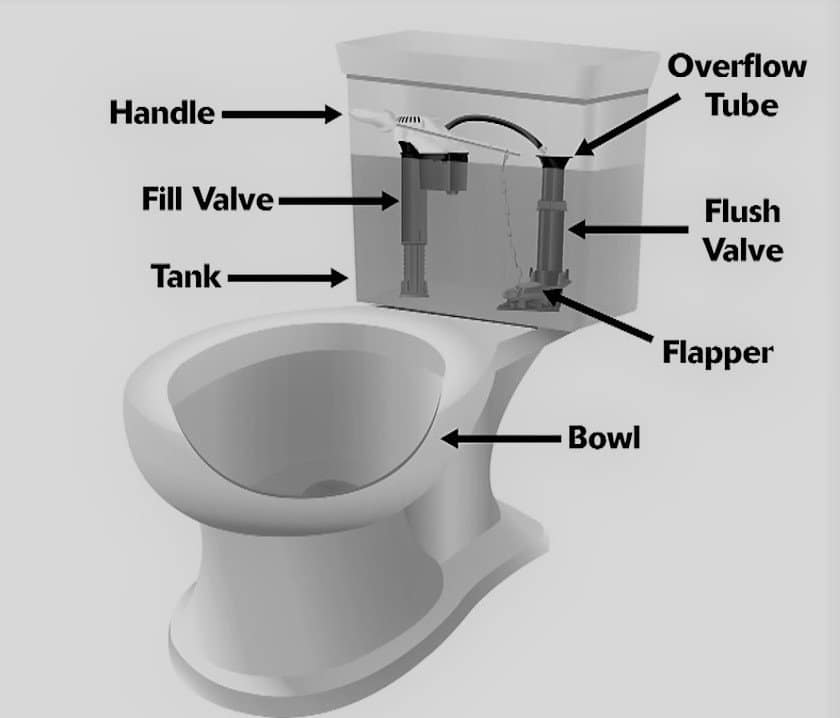
It can be frustrating and indicate a problem with one of the many components inside the tank. The fill valve regulates water flow and the overflow tube prevents flooding. The flush mechanism, float ball, and lift chain work with the flapper to release water from the tank to fill up the bowl during each flush.
Weak flushing or no flushing can have several causes, such as low water pressure or too much slack in installation parts. Clogged waste pipes can also be a culprit. Adjusting the water level manually can help. It’s essential to ensure that the lid is tightly fixed to prevent any problems.
By understanding these common issues and making proper adjustments, you can fix many problems yourself. With a little effort, you can enjoy a properly functioning toilet and avoid many common toilet problems.
how a faulty flapper can prevent water from entering the bowl for a flush
The most likely cause is a faulty flapper. A flapper is a small rubber disk located in the toilet tank that allows water to flow from the tank into the bowl when the flush lever is pushed. The reasons for a malfunctioning flapper include a loose lift chain, low water level, loose flapper mounting nut, hot water degradation, hot water tank backwash, specially designed sanitary products, and a malfunctioning float ball.
how issues with the float arm and float ball can cause water to not enter the bowl
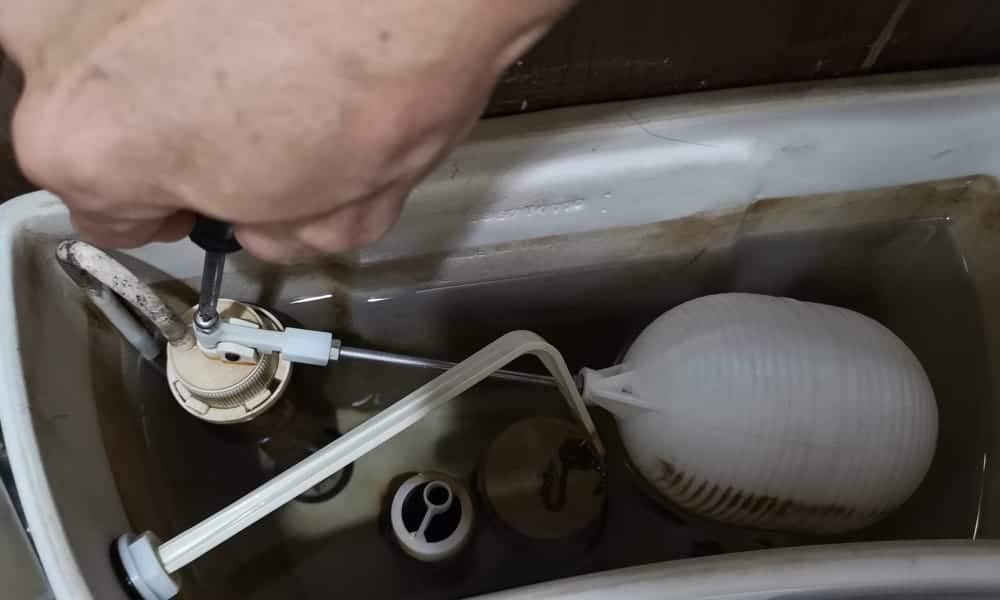
To diagnose why your toilet isn’t flushing, start by checking the flushing mechanism in the tank. The float ball and float arm control how much water enters the tank when flushed, and if there is too much slack, not enough water will enter the toilet’s water supply to drain waste away. Check that the flush lever and flush handle are clean and working correctly, and look at the tank lid to ensure the mounting nut and rubber flapper are secure. If everything seems fine, check for insufficiently-seated sanitary products, and adjust the pull-chain link’s slack.
how a faulty flush handle or push button can prevent water from entering the bowl for a flush
A faulty flush handle or push button is often the cause. The handle or button should open the fill valve and allow water to enter the tank and bowl, but if this isn’t happening, something inside the tank may be malfunctioning. Check the fill valve, overflow tube, flush valve, and float ball or arm for issues, such as clogs, debris, or too much slack in the lift chain.
To fix the problem, examine the flushing mechanisms and Water Supply System, checking all bolts and seals, and replacing any damaged or inefficient components. Additionally, ensure that there is enough warm running water filling the tank to the right level (1 inch below the top of the overflow tube) to effectively flush waste.
how a damaged or misaligned tank lid can prevent water from entering the bowl for a flush
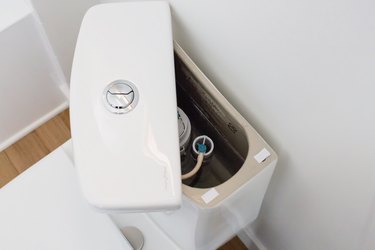
When you’re busy, a toilet that won’t flush can be a pain. There are many reasons why your toilet won’t flush. A damaged tank lid prevents water from entering the bowl for flushing.
Toilet tanks have fill, flush, and overflow valves. A flushing mechanism and fill valve supply water to the bowl from the tank. This flushing mechanism or fill valve malfunctioning causes most performance issues. After checking the float ball and lift chain for proper placement and slack, a running toilet or weak flush may require further diagnosis.
If your toilet’s cistern lid is loose, it may prevent water from entering your bowl during a full flush. Before reattaching any mounting nuts or screws, manually adjust it back onto the tank body, making sure no sanitary products are in the way. Without enough water pressure being forced out through the bottom flapper (or cover) due to a lack of water in your tank’s reservoir (rather than too much slack), your bowl won’t empty properly with every flush, leaving too little water for waste disposal despite hot running water filling up from up top.
how a blocked or damaged fill valve tube can cause water to not enter the bowl
Toilets not flushing properly can be caused by many factors, and a common one is a blocked or damaged fill valve tube. The tube carries water from the tank to the bowl and if there is an obstruction or damage, the bowl won’t fill up and you won’t be able to flush. Check the flushing mechanism inside the tank, including the overflow tube, flush valve, and float ball, to ensure they are working properly and not obstructed.
Clogged sanitary products or too much slack in the lift chain can also result in a weak flush. Ensure that the lift chain is securely attached and without too much slack so that it releases water quickly when pulled. If there isn’t enough water level in the tank, adjust the mounting nut and stopcock behind the tank lid and check the seal line to ensure it’s airtight. Avoid replacing the entire unit unless it’s faulty and instead repair or replace underlying fixtures such as faucet rivets.
It’s also important to be vigilant about the reset button that’s typically located next to the main wicking outlet in modern toilets. Failure or forgetfulness to use the reset mechanism can cause faults, including deformed stud frames and cracked gaskets. Addressing all these issues will help ensure that your toilet flushes properly and efficiently for years to come.
how low water level can cause a weak flush or no flush into the bowl
Low tank water is a common cause of toilets not flushing. This prevents the toilet from building enough pressure to flush properly. The water level in the toilet tank is crucial for a full flush into the bowl. If your toilet isn’t flushing after replacing a fill valve or flush valve, you may have misadjusted them.
The fill valve, overflow tube, and flush valve are the main parts of a properly flushed toilet. Check these for toilet flushing issues.
First, make sure all parts are properly seated and running to find any obstructions or faulty connections. If there isn’t enough water in the tank, shut off your hot water supply and add more until it’s enough for a strong bowl flush. If there is enough water but no flushing, check below to make sure the float arm and ball mechanisms are free of slack or debris (especially if sanitary products have been flushed). Make sure the rubber flapper’s mounting nut and lift chain aren’t too loose or tight. Too much slack prevents lift and release of necessary water into tank and waste into bowl. If re-hooking is needed, use pliers to loosen and adjust before re-clamping. Remember to put the lid back on your cistern!
After adjusting, turn on hot water supply and check that noticeably more than average fluid accumulates in tank and releases considerable force when handle/flush lever is pressed three times consecutively for full flush into bowl—if so, successful!
Conclusion
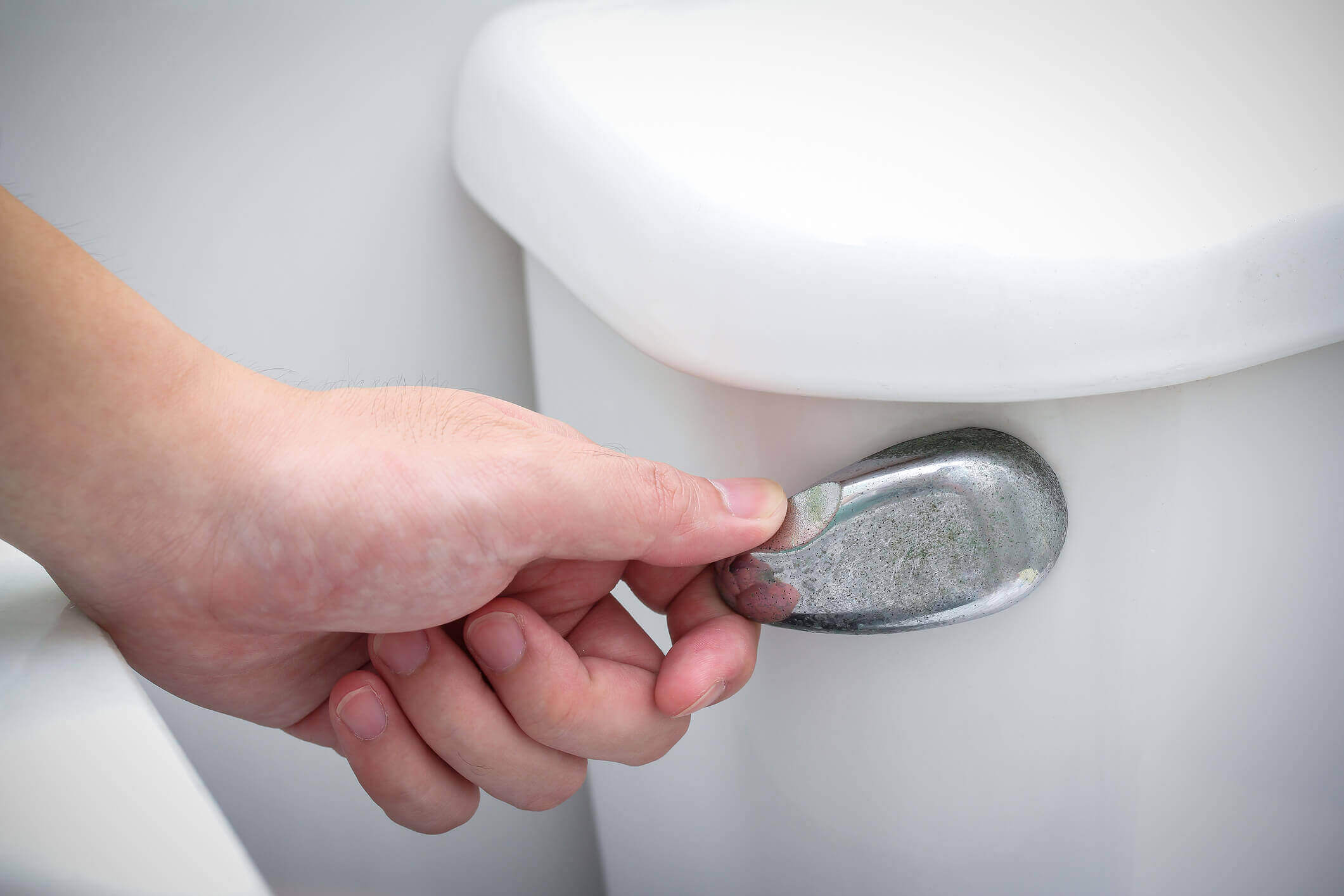
To troubleshoot any toilet-related issues, consider the fill valve, flush valve, overflow tube, and flush lever to ensure they are all functioning correctly. If any components are malfunctioning, it could prevent your toilet from flushing properly. Make sure there is enough water in the tank and that its level remains steady when it flushes. Check that all parts connected to the flushing mechanism are properly fitted. If issues persist, Look no further contact the best London plumbers on 02086112591 to diagnose more complex issues like water pressure or lines connected to other areas like sinks or bathtubs. Preventive solutions like avoiding thick materials or sanitary products in your bathrooms can help maintain your toilet’s performance.